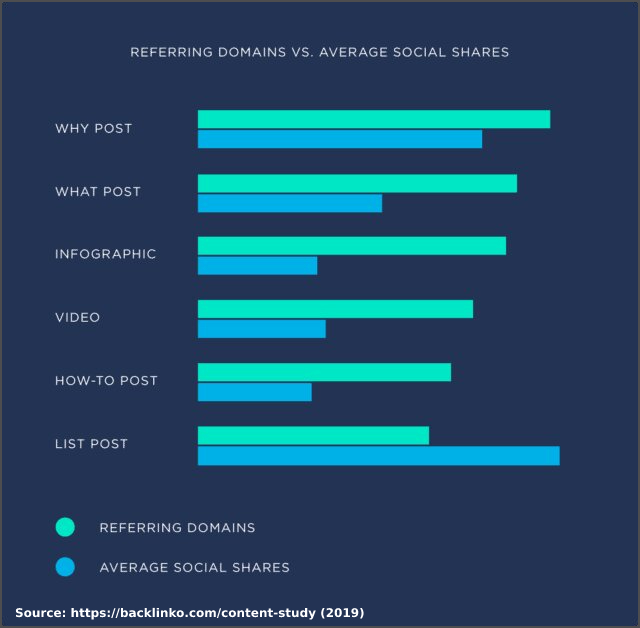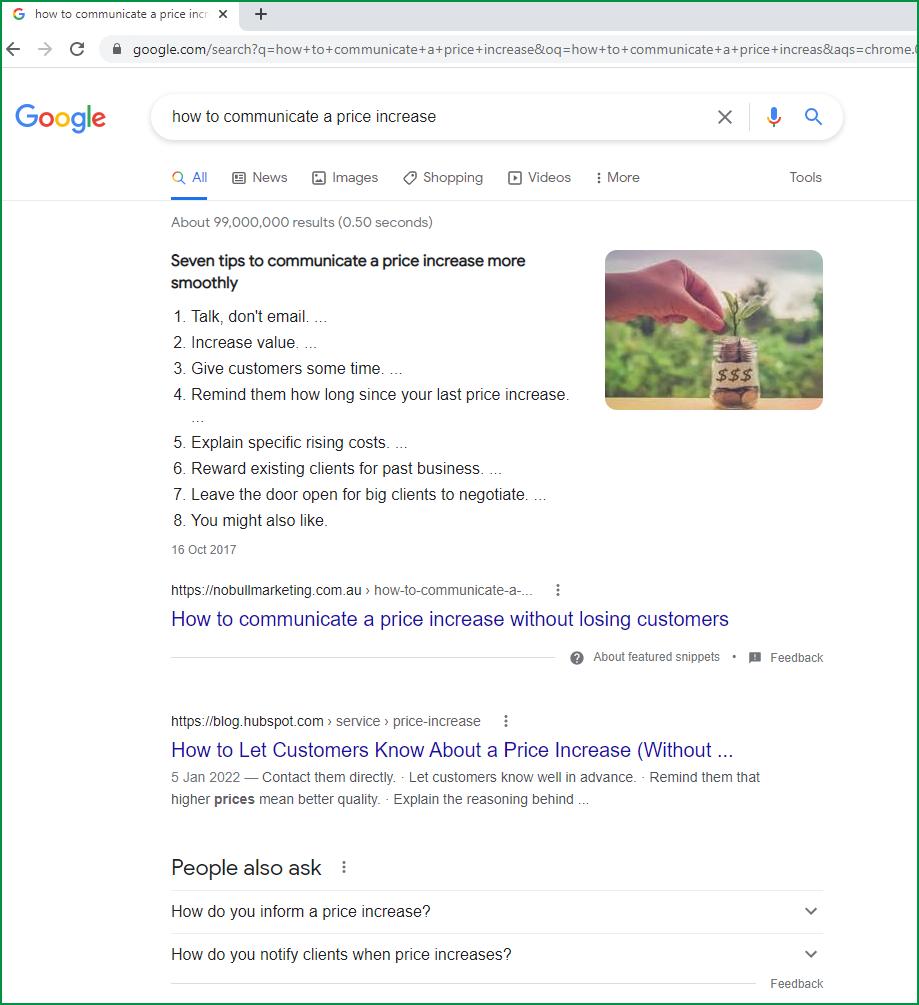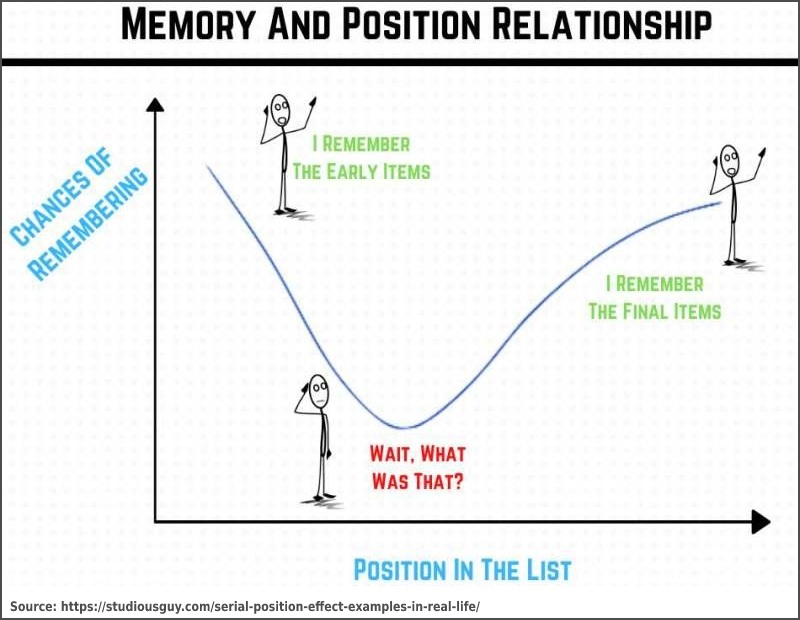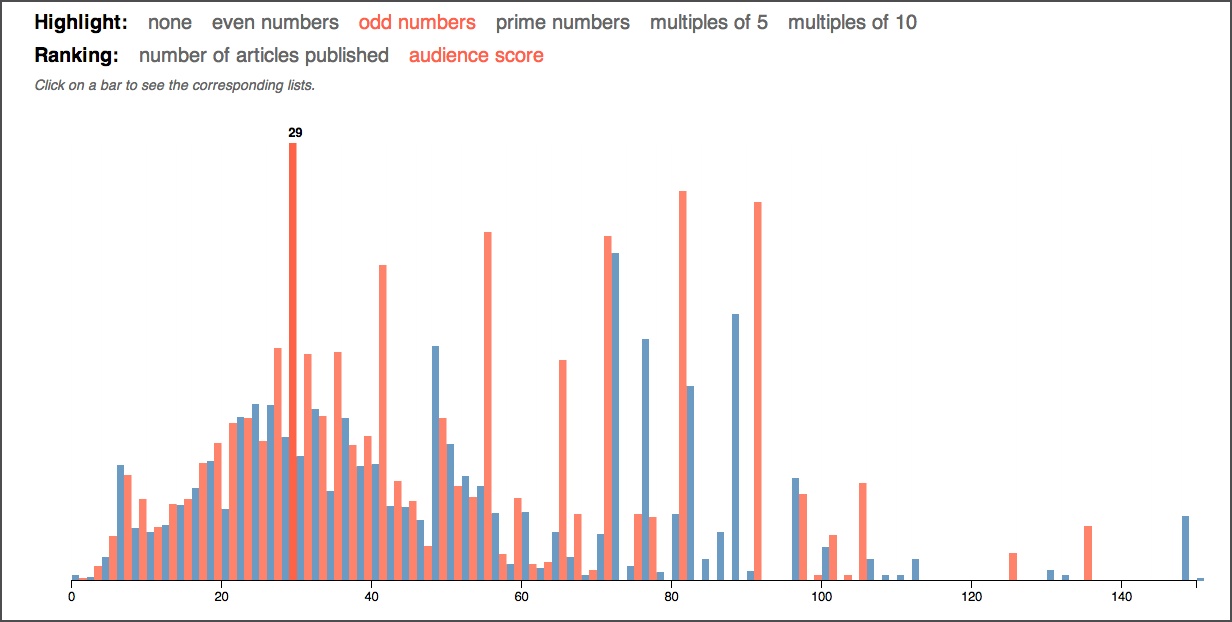If you spend any time at all on the Internet, you’ve come across the listicle. What Merriam-Webster defines as ‘an article consisting of a series of items presented as a list’.
They’re everywhere.
We have plenty on the NoBull site, ranging from our Top 10 blogging tips to our list of Australian business directories.
Elsewhere, you see fun ones likes this list of visual puns from Buzzfeed (the one below is my favourite!)

and more serious lists like the classic Backlinko list of Google ranking factors to help you improve your SEO.
So, what’s with the listicle? What are the pros and cons of posts like this? And if you decide to go for them, how do you do it right?
A: Why choose a listicle format?
Let’s start with all the positives of the listicle format.
1. The listicle is popular
Why? There are all kinds of reasons.
- It looks light and digestible – easy for the reader. Items on a list are usually short, so there’s an expectation the list post won’t have long, complex paragraphs you have to plough through.
- It feels organised. Lists are associated with being planning and getting things done.
- It attracts attention via a number in the headline or title. Numbers stand out in a sea of text.
- The title is usually descriptive, so the reader knows what the post is about before they start. There’s little risk of disappointment.
- There may also be a challenge implicit in the post title. How many of these ‘insider secrets’ will you know already? Are your favourite horror B-movies in this top ten list? (This doesn’t only work for ‘fluffy stuff’ either. Search on ‘10 facts about cockroaches‘ or ‘top ten computer mistakes‘ and the results will show you serious businesses capitalising on human curiousity.)
2. Listicles are often shared on social media
Research shows that list posts are shared more often than posts in other formats. In fact, list posts get an average of 218% more shares than “how to” posts and 203% more shares than infographics.
If you’re trying to increase your social media reach, or if you’d like to increase your chances of going viral, a listicle could be just what you need.

3. They’re easy for a reader to scan
All those numbered headings are fantastic. Your reader can easily scan the page and stop at the points which interest them. Also, since this is a list format, they can be pretty sure they don’t need to read the boring bits for the rest of it to make sense. (Sorry to break it to you, but your readers will find some boring bits, even in your best-crafted list!)
4. Listicles are easy to put together
For example, at NoBull we focus on blogging. Coming up with a list of 10 mistakes businesses make when they blog is as easy as pie for us. In almost every business, there will be some equivalent. Top tips, top mistakes, top questions, top products. You can probably brainstorm these for your business in less than 30 minutes.
Of course this doesn’t apply to all list posts. Some are comprehensive lists which require research – the earlier examples of SEO ranking factors and business directories, for example.
5. They can help you organise your ideas
The most common way to create a list post is to jot down all your ideas, then put them into some kind of logical order and add a few comments to each point. The step where you put them in order can have surprising value, not just for the post, but also for your own thinking.
For example, those top questions people ask can help you improve your sales pitch, your ads, your website copy. They can help you understand what your customers really want. They can help you prioritise different parts of your business.
6. Listicles can be really good for your SEO
It’s not just the number in the title which helps. All those numbered points are really easy for Google to understand.
A couple of years ago, I wrote a post on how to communicate a price increase and listed seven tips, with numbered headings. I wasn’t even trying to write a list post – but I did it anyway. And Google really liked that numbered list. Here’s what they did with it:

I loved getting that top spot, above Hubspot, who are a global listed company spending US$650million a year on marketing. While I don’t claim to know every detail of the Google algorithm, I’m pretty sure that a numbered list made this post attractive for a snippet position.
B: Are there any downsides to listicles?
So, if listicles are so fabulous, why isn’t every post a listicle?
7. There are listicles everywhere
The list post is designed to stand out, but if everyone does it, does it still stand out?
And given the quality of some list posts, there’s a chance they might be considered ‘lightweight’ – or even clickbait.
There are ways around this – the Backlinko post springs to mind – but they don’t tend to include the kind of list posts you can brainstorm in half an hour.
8. Serious list posts require serious research
Our list of Australian business directories is a list post with a serious and useful objective. If you’re a business owner in Australia, you can use the information to list your business online and boost your SEO. It certainly wasn’t a half hour project to put together, though.
9. If you hit on something good, you’ll need to work to defend your position
Take that list of business directories again. When we first put the list together, there were lots of similar lists for US or global directories – but next to nothing focused on Australia. There were about 4 or 5 lists, mostly out of date. The other search results were specific directories. We compiled, checked, updated and published our list. With little competition, we ranked really quickly. But if you search ‘Australian business directories list’ nowadays, there are dozens of lists. So we have to work on checking and updating regularly.
Note – this is work for us, but it’s great for you as a business person looking for a list. All of us who compile those lists are competing to give you a better free resource!
C: How do you make your listicle posts effective?
Even considering these points, listicle posts are on balance a good option. You just need to make sure they’re good quality posts, relevant to your business and in keeping with your brand. Some simple tips:
10. Make sure they’re listicles, not simply lists
The explanation or commentary can make all the difference. It’s a great place to add humour, examples, or additional ideas. Those are the things which add value. The listicle format adds benefit by helping people scan quickly and navigate to the specific value they’re looking for.
11. Consider the order of your list
The serial-position effect means that the first few and the last item in your list are likely to get most attention and be remembered best.

Use this to your advantage. Have something extra valuable, interesting, or a little bit different in these positions.
12. Organise longer lists into logical groups or categories
The brain struggles with really long lists. They can feel like a hodgepodge of ideas. Categorising the points has a number of benefits:
- it’s easier for the reader to zoom in where they want to – they look at the categories and then the individual items
- it helps you organise your ideas
- it makes you look more organised and authoritative
13. What number of items is right for you?
There are a number of ways to go here. Assess what’s right for you.
- Research suggests that lists with odd numbers of items perform better in terms of engagement.

- On the other hand, round numbers such as 10, 20, 50 and 100 can create a feeling of authority.
Note that the research on odd numbers is based on Buzzfeed list posts. On the other hand, that authoritative Backlinko post is still called ‘Google’s 200 Ranking Factors: The Complete List (2022)’ – even though it currently lists 206 factors.
14. Get your formatting right
It’s so obvious it shouldn’t need saying, but it does. Number the items in your list. Use consistent headings and formats. This helps humans and Google to understand your list.
15. Have a strong, clear finish
This last point is often missed. Lists can be any length. How does your reader know when they’ve got to the end? How do you make sure they feel closure, rather than looking for the next point?
Formatting can help. A line, or blank space at the end of the list. Even the wording in your last item can help by priming readers that they’ve come to the end. And if you’re doing a ‘top ten’ or similar list, you can even go in reverse order. We’re all used to that from awards and prize ceremonies – and reaching number one is a natural closure.
You can also include some final text summing up your points, or saying what’s most important.
As you can see from this listicle post, there’s a lot of value in the format, both for writers and for your audience. But even though writing a list post looks like it should be easy, you can’t relax completely. List posts range from clickbait to authoritative industry reference pieces – the online equivalent of the core textbook. It’s up to you to decide what yours should be. Or if you’d like to work on some list posts together, let’s talk!






